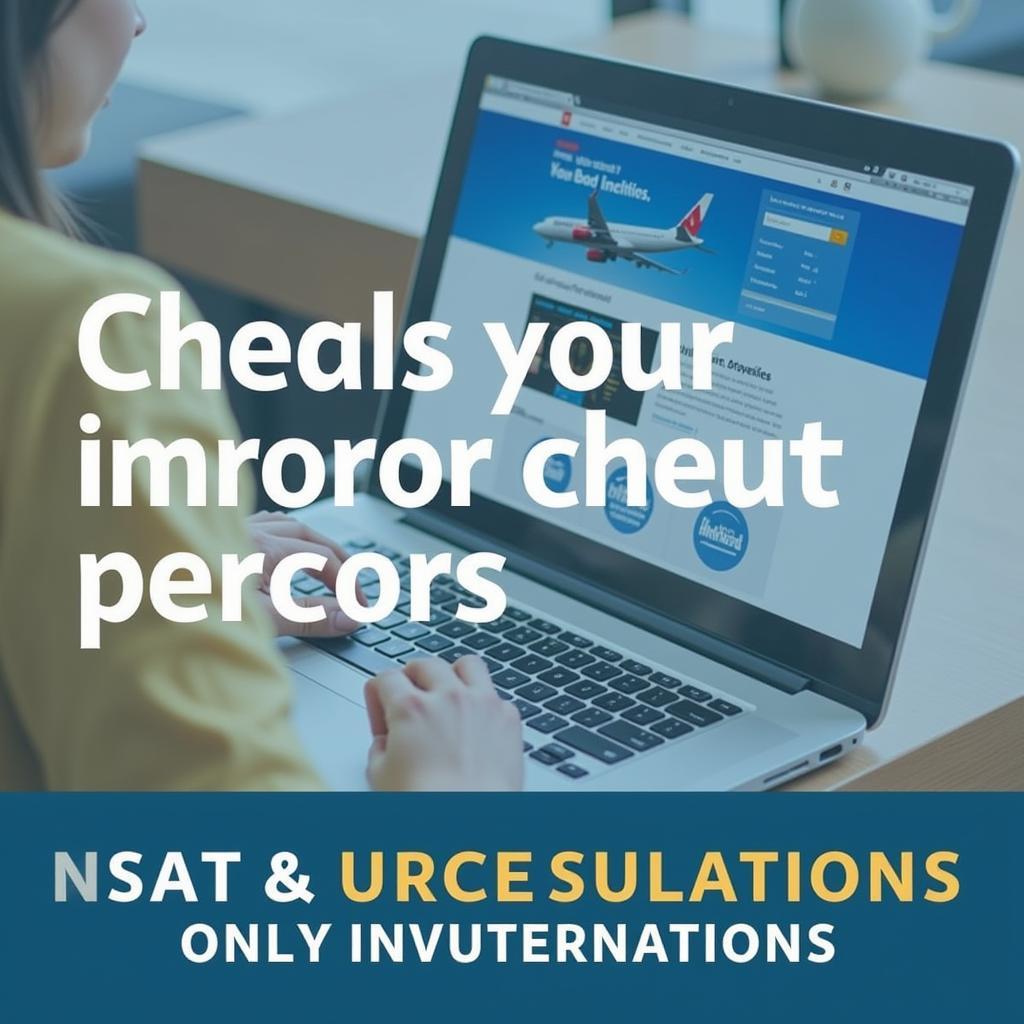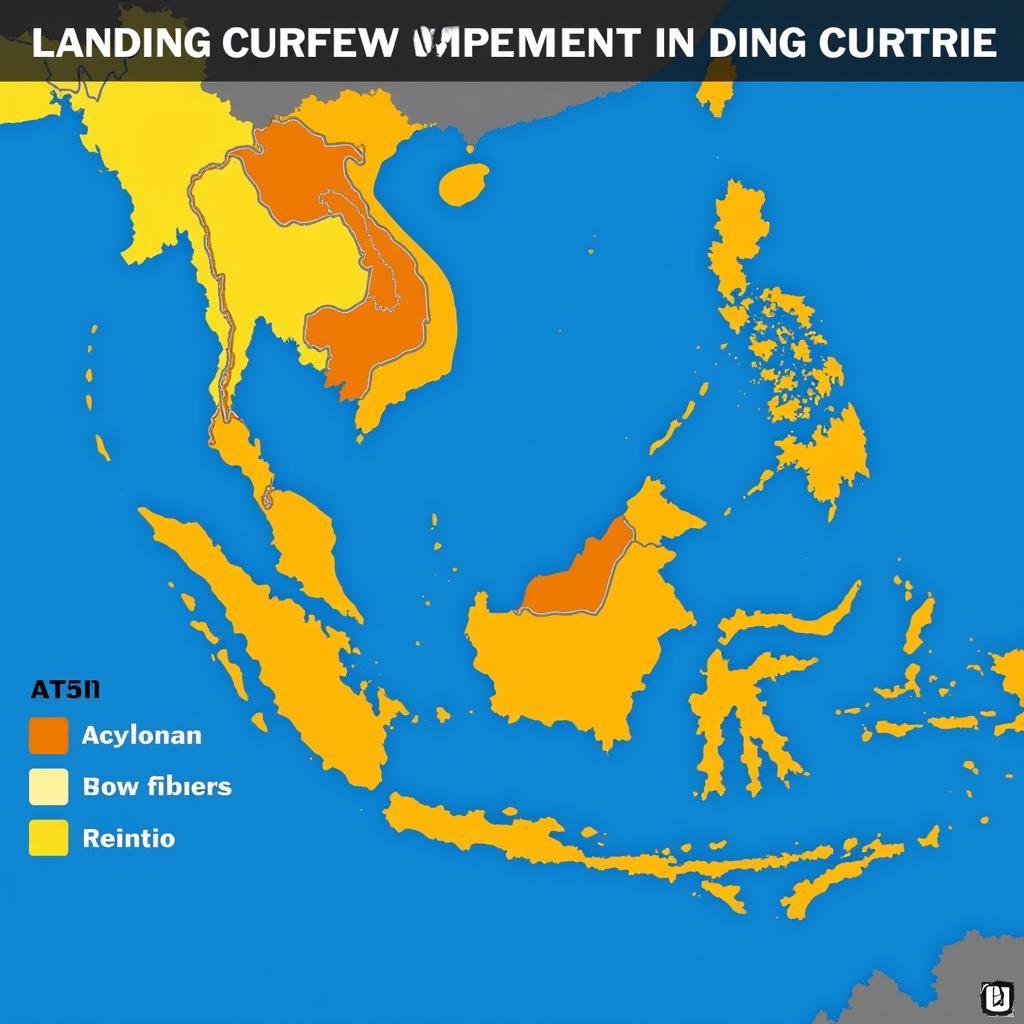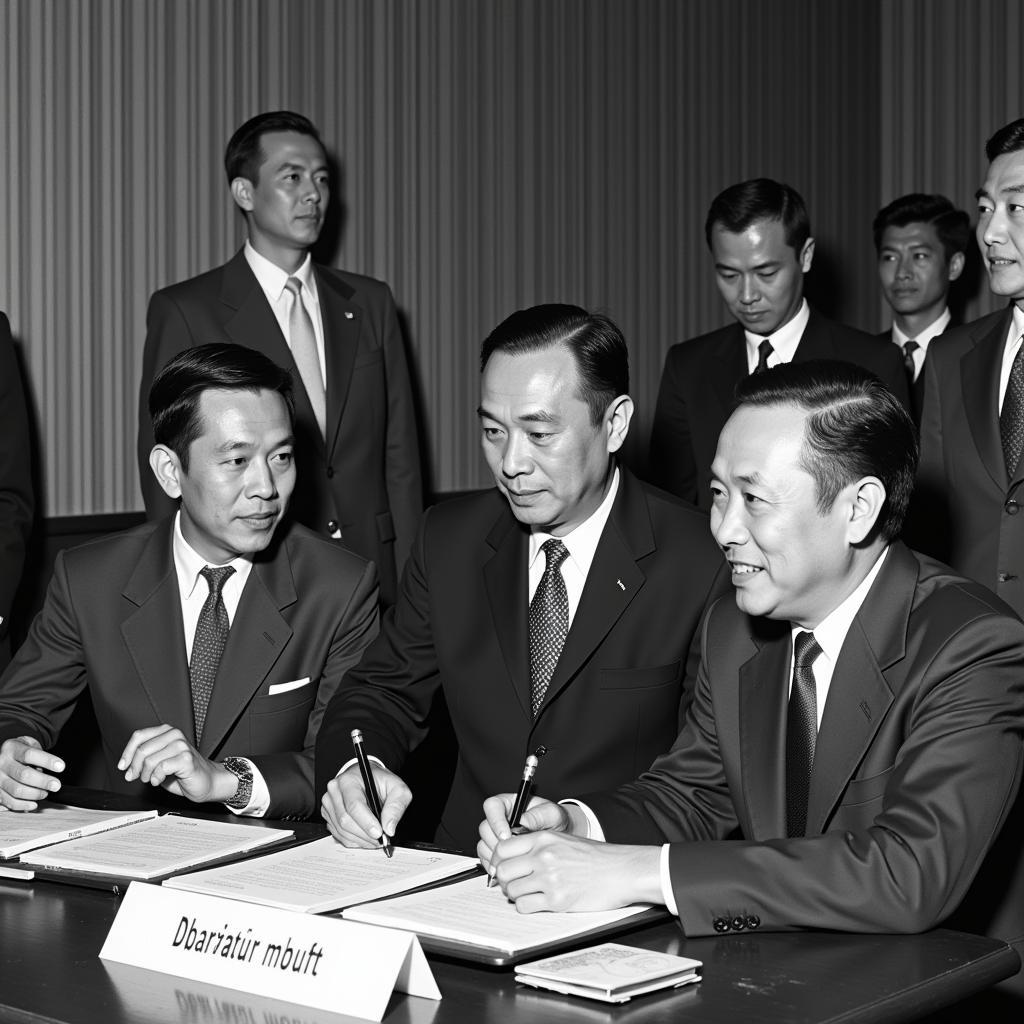The ASEAN landing curfew, a topic often shrouded in confusion, impacts travelers and businesses across Southeast Asia. This article delves into the nuances of these regulations, exploring their impact, variations across the region, and offering practical advice for navigating them.
What Exactly is an ASEAN Landing Curfew?
An ASEAN landing curfew refers to restrictions imposed by certain airports in Southeast Asian countries on aircraft landing and taking off during specific hours, typically late at night or early morning. These curfews aren’t universally applied across ASEAN, but they exist in several member states and can significantly impact travel plans. Understanding these regulations is crucial for smooth and hassle-free travel within the region.
Why Do These Curfews Exist?
The reasons behind implementing these curfews vary, often stemming from a combination of factors. Noise pollution control is a primary driver, particularly in areas surrounding airports with residential communities. In some instances, curfews are also implemented for security reasons or to manage air traffic flow more efficiently during peak hours.
How Does This Affect Travelers?
Landing curfews can disrupt travel plans, especially for those with connecting flights or tight schedules. Flights scheduled to arrive or depart during curfew hours might be rescheduled, delayed, or even canceled. This can lead to unexpected overnight stays, missed connections, and additional expenses. Being aware of these potential disruptions is essential for effective travel planning.
Navigating ASEAN Landing Curfews: A Practical Guide
While these curfews can be challenging, there are ways to mitigate their impact on your travel plans. Researching airport regulations in advance is crucial. Checking the specific arrival and departure times for your chosen airports can prevent unexpected surprises. Flexibility is also key; booking flights with a buffer around curfew hours can provide some leeway in case of delays.
Checking for Specific Airport Regulations
Each airport within ASEAN that implements a landing curfew has its own set of specific rules and hours. Consulting the airport’s official website or contacting the airline directly can provide the most up-to-date information. Travel agents can also be a valuable resource for clarifying these regulations and ensuring your itinerary complies with them.
 Person using a laptop to check airport regulations.
Person using a laptop to check airport regulations.
Tips for Dealing with Curfew Disruptions
Despite careful planning, unforeseen circumstances can still lead to disruptions. Having a backup plan, such as alternative transportation or accommodation arrangements, can minimize the impact of these issues. Travel insurance can also provide financial protection in case of flight cancellations or delays.
ASEAN Landing Curfew Variations Across the Region
It’s important to remember that the implementation and specifics of landing curfews vary significantly across ASEAN member states. While some countries have strict regulations in place, others have none at all. This regional diversity emphasizes the need for thorough research before traveling to any specific location.
Understanding Country-Specific Regulations
Countries like Singapore and Thailand have well-established landing curfews at certain airports, whereas other countries might have more flexible policies. Understanding these country-specific regulations is critical for seamless travel within the region.
 Map of ASEAN highlighting countries with landing curfews.
Map of ASEAN highlighting countries with landing curfews.
Conclusion: Planning Ahead is Key for ASEAN Travel
Navigating the ASEAN landing curfew requires careful planning and awareness. By understanding these regulations and taking proactive steps, travelers can minimize disruptions and enjoy a smoother travel experience within Southeast Asia. Remember, researching specific airport regulations, building flexibility into your itinerary, and having a backup plan are essential for hassle-free travel in this vibrant and diverse region.
Expert Insights:
- Dr. Anya Sharma, Aviation Consultant: “ASEAN landing curfews are primarily designed to balance the needs of the aviation industry with the well-being of local communities. Understanding these regulations is essential for both airlines and travelers.”
- Mr. Kevin Tan, Travel Industry Analyst: “Travelers should proactively check for curfew information when planning trips to ASEAN destinations. This foresight can help avoid unexpected delays and disruptions.”
FAQs
- Do all ASEAN countries have landing curfews? No, landing curfews are not universal across all ASEAN countries.
- How can I find specific curfew information for my destination? Consult the airport’s official website or contact your airline.
- What happens if my flight is affected by a curfew? Your flight may be rescheduled, delayed, or canceled.
- Is travel insurance recommended when traveling within ASEAN? Yes, travel insurance can provide financial protection in case of disruptions.
- Are there any exceptions to landing curfews? Exceptions may exist for emergencies or specific circumstances.
For further assistance, please contact us: Phone Number: 0369020373, Email: aseanmediadirectory@gmail.com. Our address: Thon Ngoc Lien, Hiep Hoa, Bac Giang, Vietnam. We have a 24/7 customer service team.
